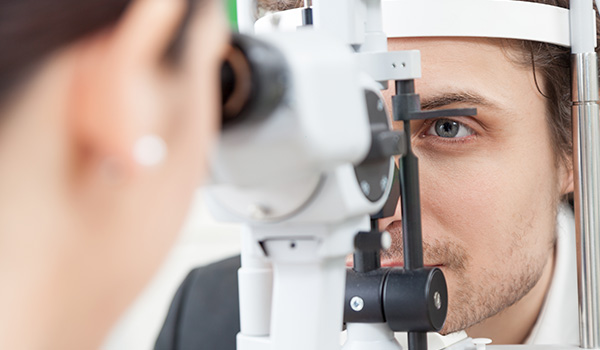
Glaucoma can affect any age group, including infants, it is more common in older adults. It is the second leading cause of blindness worldwide, and the third in India. It’s the condition that causes progressive damage to the optic nerve, where if left untreated, it can lead to blindness. Glaucoma is often caused by an abnormally high pressure in the eye.
Glaucoma has been called the ‘silent thief of sight’ because most people with glaucoma have no early symptoms or pain until it becomes severe. The types of glaucoma can be roughly divided into two main categories: ‘open-angle’ and ‘closed-angle’ or ‘angle closure’.
Glaucoma is a chronic, progressive, degenerative disorder of the optic nerve that produces characteristic visual field damage. It is estimated that around 80 million people have glaucoma worldwide. Approximately 50% of the individuals with glaucoma are unaware that they have the disease, and this number may be even higher in underdeveloped countries. This is because in its early stages, glaucoma is asymptomatic. If untreated, glaucoma may progress to blindness. Periodic testing allows early diagnosis to prevent visual disability.
Although it may present at any age, those over 50 years old are at higher risk of glaucoma. First-relatives of affected individuals and myopic patients are also at higher risk. Individuals with African heritage have a higher risk of having Primary Open-Angle Glaucoma (POAG). Primary Angle-Closure Glaucoma (PACG) is more frequent in Asia and in hyperopic persons. If no risk factor is present, testing may be done every 3 years under the age of 45, and every one to two years after 45 y/o. Testing should be more frequent in individuals with risk factors.
Glaucoma is considered a multifactorial disease and elevated intraocular pressure (IOP) is the main risk factor for its development and progression. Frequently, glaucoma occurs with IOP in the normal ranges. Once the diagnosis and the stage of the disease have been established, treatment is indicated to prevent or delay the progression. Treatment involves reducing the IOP with a number of tools that include eye-drops, lasers and surgeries. Several types of eye-drops are available, but these should be used on a daily basis to reduce IOP. Thus, compliance is important and the opposite, non-compliance is a frequent cause of damage progression. Preservative-free formulations, slow-release devices and other modalities that reduce side effects have been and/or are being developed to reduce non-compliance and also improve quality of life.
Different lasers are also available to treat the disease. In the last few years several new surgical procedures with minimum trauma have been added to our classical surgical armamentarium. Thus, the ophthalmologist has numerous tools to be used in the different stages of the disease to reduce IOP. Regular physical activity and a healthy diet are also recommended to patients.
Several advances have been made to understand how the damage is produced in the disease and thus, develop new treatment strategies that may not only include preventing the progression of the disease, but also restoring the vision loss through modern technologies and approaches.
World Glaucoma Week is being observed worldwide from March 7 to 13. It is a joint initiative between the World Glaucoma Association and the World Glaucoma Patient Association and the aim is to create greater awareness about glaucoma while encouraging people to have regular eye checks, including optic nerve checks.
There is no cure for glaucoma yet, the vision loss due to the condition can’t be restored. The best way to prevent getting the disorder is to have regular eye exams. If you are over 40 or have a family history of glaucoma, get your eye screened for the condition at least once a year. Because early diagnosis can help manage the disease as well the key to preserving vision.
For this reason, World Glaucoma Week is celebrated from 13th to 18th March to raise awareness regarding this condition to help avoid blindness. Since there are no symptoms or warning signs for this condition it is difficult to detect it. Another initiative taken by the Department of Ophthalmology, Glaucoma Services under the leadership of Dr. S Tony Fernandez where the Glaucoma awareness campaign through-out the week from 8:30 am to 10: 30 am at the hospital. Additionally, free glaucoma screening services were offered to patients between 2 to 3 pm through the week.
Dr.Tony Fernandez Eye Hospital in India, Kerala is an initiative of eminent and renowned ophthalmologists under the leadership of Dr.S Tony Fernandez, to provide quality eye care from common complaints to rare conditions. It has been structured according to International standards and is equipped with the latest technologies available today in the world. It provides eye care through different super specialities with full time consultants with modern treatment equipments like iLASIK, Yag Laser, Green Laser, Diode Laser, Phacho emulsification unit, Accurus machine for Retina and related Surgeries, C3R machine for Keratoconus treatment, Moller Wedel Haag Streit operating microscope, etc. are available at the hospital.





